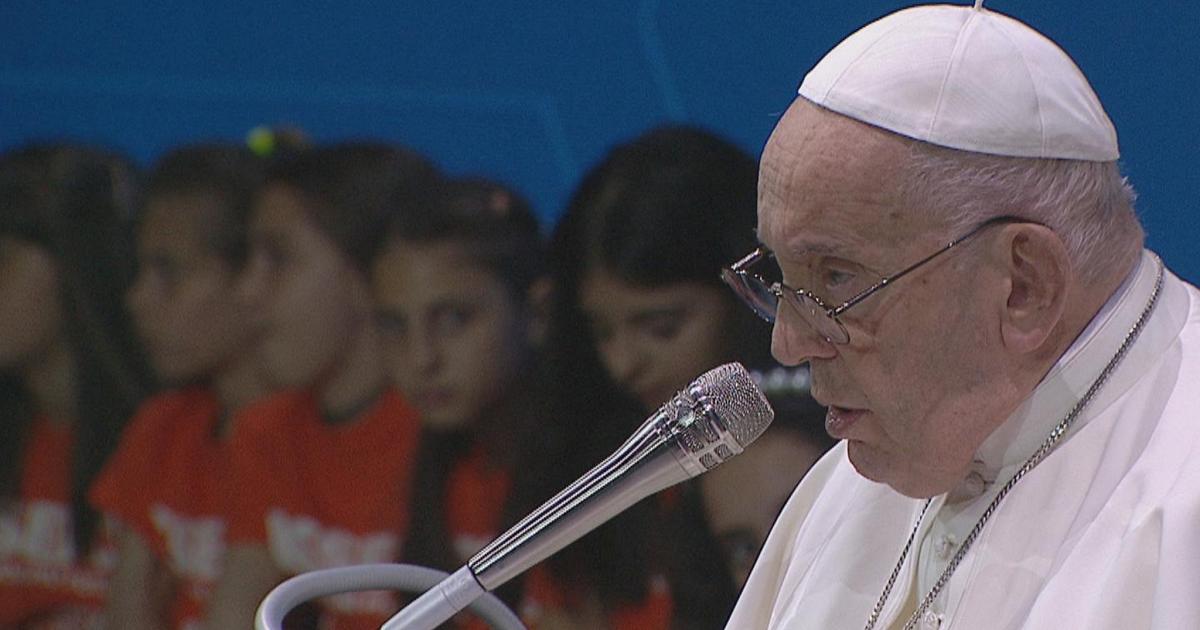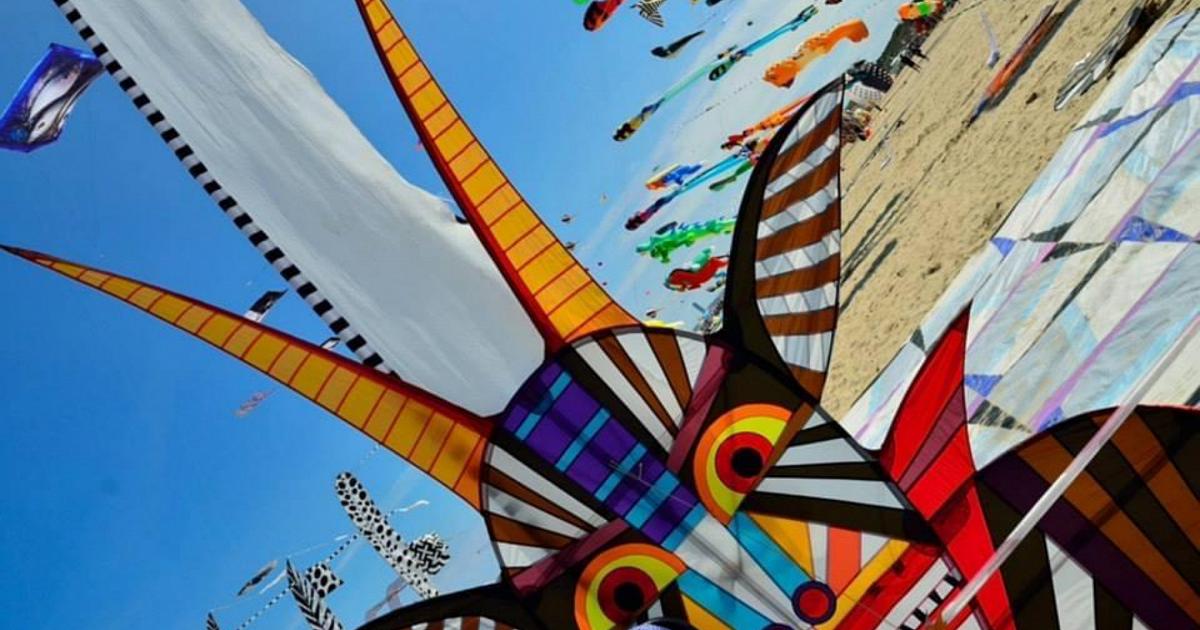A year after the death of Gianni Minà, the Gianni Minà Foundation will make accessible a new online platform which brings together the film and paper heritage of the great journalist. The site, a real research tool for those approaching the profession, is also a connection tool for new generations, students and teachers: it will host a selection of documents extrapolated from the archives and linked to specific themes addressed by Minà during the course of her career. .
Minà has produced more than 1000 hours of television programs and there are numerous documents in the foundation's archives. “He always thought of young people, who have a limited attention span, but to whom memory must be transmitted – with the Gianni Minà Foundation the database with his material was created which will be accessible to everyone, because it It is through knowledge that you form a critical consciousness. And in this deluge of information, it is today more necessary than ever to distinguish what is false from what is true.” He says it Loredana Macchietti, his wife and main collaborator.
Today at the Casa del Cinema in Rome at 5:30 p.m. this project will be presented which will see a series of news and numerous interviews carried out by the journalist available on the web. Among the absolutely new documents, the images taken by Minà, the only journalist present, at the World Social Forum in Porto Alegre in 2005, where the social and ecological issues linked to the exploitation of resources and peoples of the South of the world anticipated the he current debate for twenty years on the climate crisis, globalization and inequalities.
Minà was and still is, despite his death, the representative of a journalism that manages to remain empathetic and at the same time always detached. Everyone recognized his incredible ability to make people talk, to touch their sensibilities and to put them in a position that allowed them to open up.
Loredana Macchietti he claims he chose who to interview “for humanity and not for what they represented.” He had no prejudices, he also chose according to his insatiable curiosity. When he was interviewing, it was like he was accepting whatever people gave at that moment. He brought together all the feelings conveyed. Always making sure to maintain the boundary between the interviewee and the interviewer.
Her secret lay precisely in her idea of the profession, which she considered as a social profession: “The bridge between facts and people”, recalls Loredana Macchietti.
“He had to explain to people this thread that connected seemingly unrelated facts. His great curiosity pushed him to go to where things actually happened, precisely because what is told, depending on how it is filtered , can take different views, so much so that sometimes what we learn from newspapers and television leaves a lot of room for interpretation and does not entirely correspond to reality. So it was better for Min to see the facts firsthand: sometimes he was able to tell a different story. That's why he was isolated. It was dissonant.”

